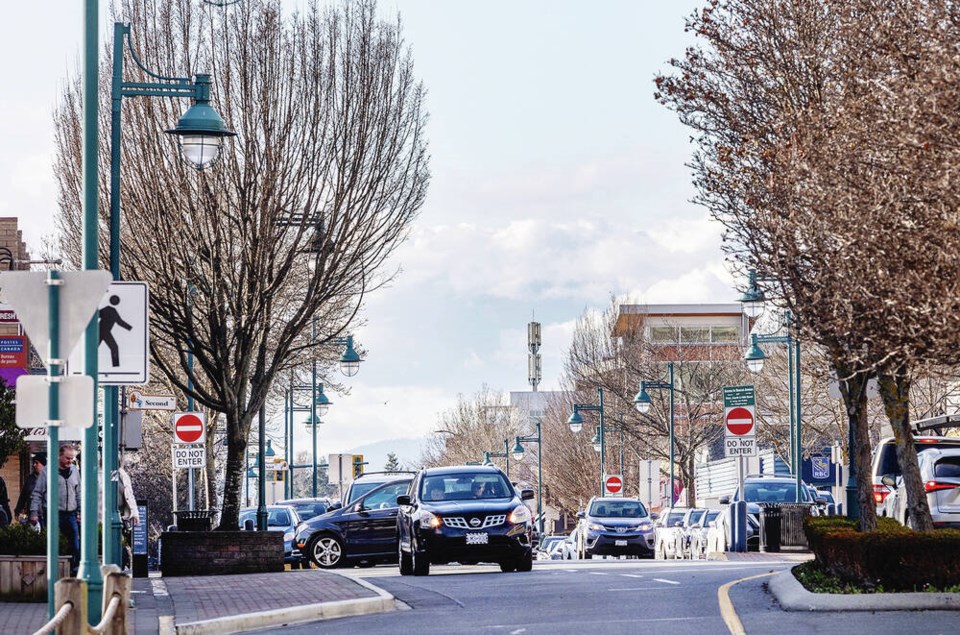Jobs in Sidney, North Saanich and Central Saanich are getting harder to fill because of the lack of affordable housing, according to a new study by the local chamber of commerce.
Al Smith, executive director of the Saanich Peninsula Chamber, said employers of all sizes are struggling to attract and retain staff because many workers can’t find housing that doesn’t gobble up the majority of their income.
“The root cause is the cost of living and the housing options here,” said Smith.
The chamber recently surveyed more than 300 businesses and found the majority say they can’t find qualified employees.
Smith estimates the Peninsula will lose 27% of its workforce by 2036 unless immediate action is taken to stop what he calls an “exodus.”
He said from 2016 to 2021, the region lost 7% of its available workers and is on track to lose another 20% over the next 10 years.
“The number-one issue is cost of living and the main contributing factor is cost of housing,” said Smith, adding that even those who earn good wages are being affected.
Smith is calling on municipalities to reverse more than 20 years of “discriminatory municipal housing policies” that avoided density and drove up housing costs, leaving few realistic options for median and entry-level workers.
He noted that the town of Sidney had difficulty filling an RCMP position last year, likely because of high housing costs, and B.C. Ferries has had to cancel sailings because of lack of available staff.
While De Havilland Canada is doubling its staff to 300 to build firefighting aircraft at its facility on airport lands in North Saanich, Smith said most of those new workers will likely be living outside the Peninsula.
He said the lack of staff is affecting everyone in the area, including smaller store-front retailers, coffee shops and restaurants.
The affordability crisis is evident in 2021 census data showing that 77% of those who work on the Saanich Peninsula drive an average of 20 kilometres each way.
Census data from 2001 showed the median family income on the Peninsula was $59,000 a year and the median house price was $288,000. With a 20% downpayment, about 30% of a yearly income could be spent on housing, Smith said.
Fast forward 20 years and the median family income had increased to $100,000 while the median house price in the region had risen to $1.4 million. With 20% down, a typical mortgage now amounts to 77% of a median annual income.
“We’ve almost doubled wages, but housing has outstripped that because we haven’t built enough,” said Smith, who argues the only solution is to build more housing of all types.
The region needs to add 9,500 homes in the next 10 years if it’s to avoid a crisis that will stifle economic growth, he said.
The chamber and its 300 members have started a housing-need awareness and advocacy campaign to bring immediate action to increase housing.
“We encourage all businesses on the Peninsula to join us in this vital campaign, because without employees, our businesses are not sustainable,” Smith said.
To view the Right to Housing Campaign, visit peninsulachamber.ca.
>>> To comment on this article, write a letter to the editor: [email protected]



